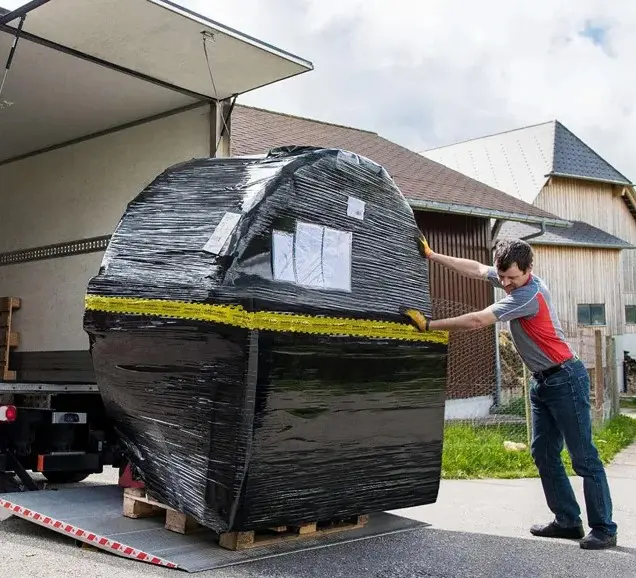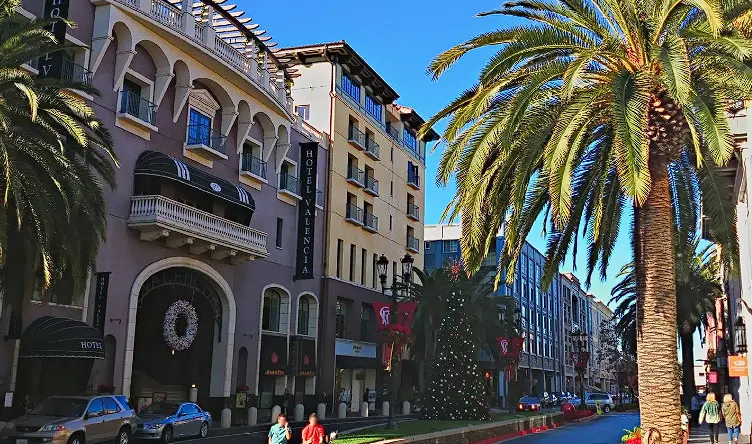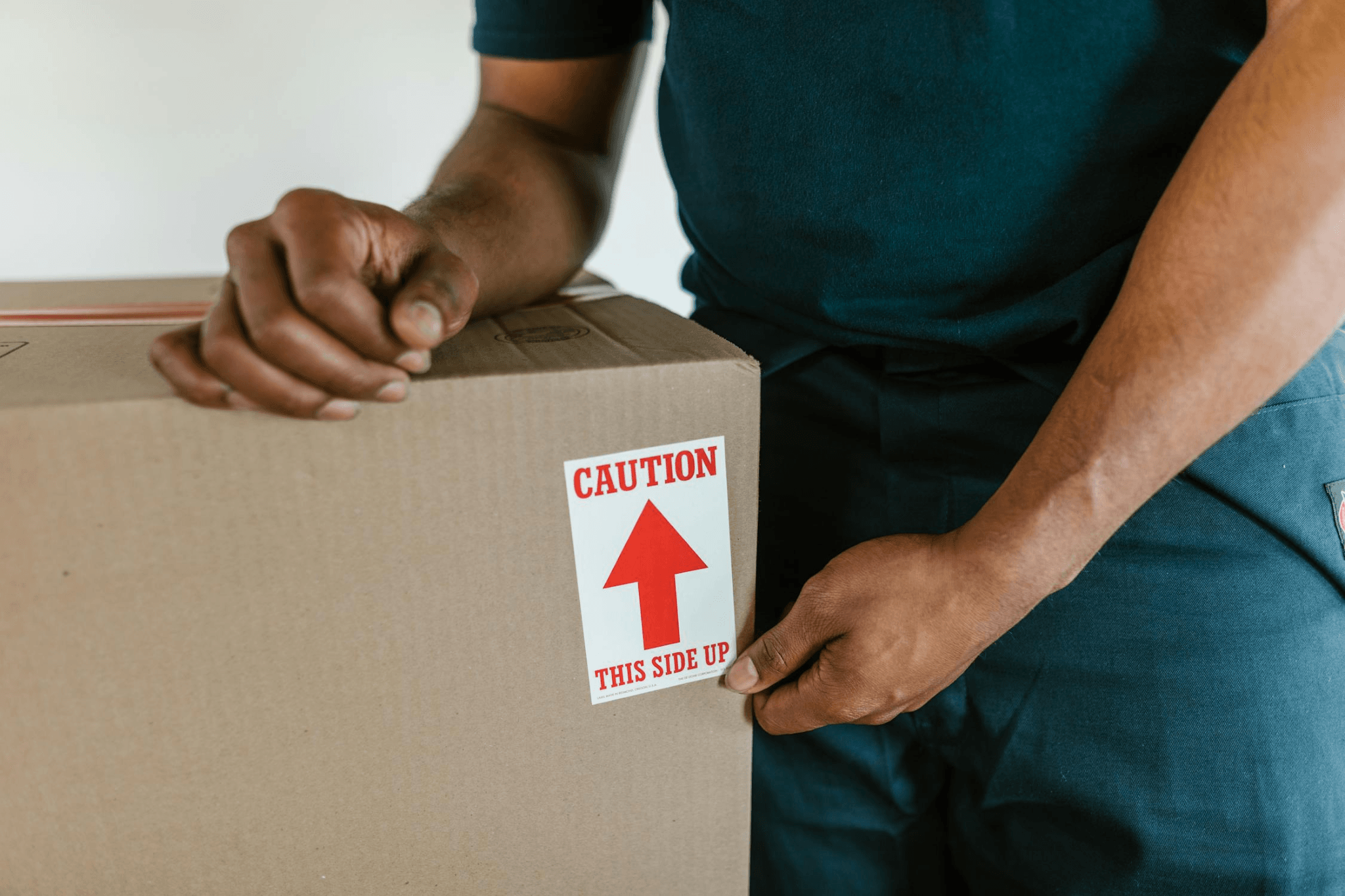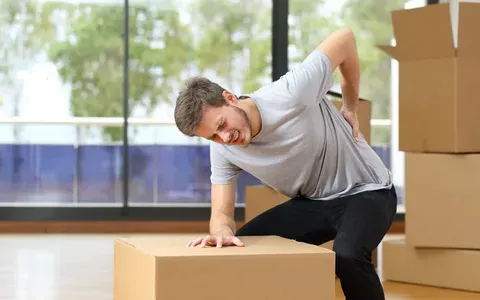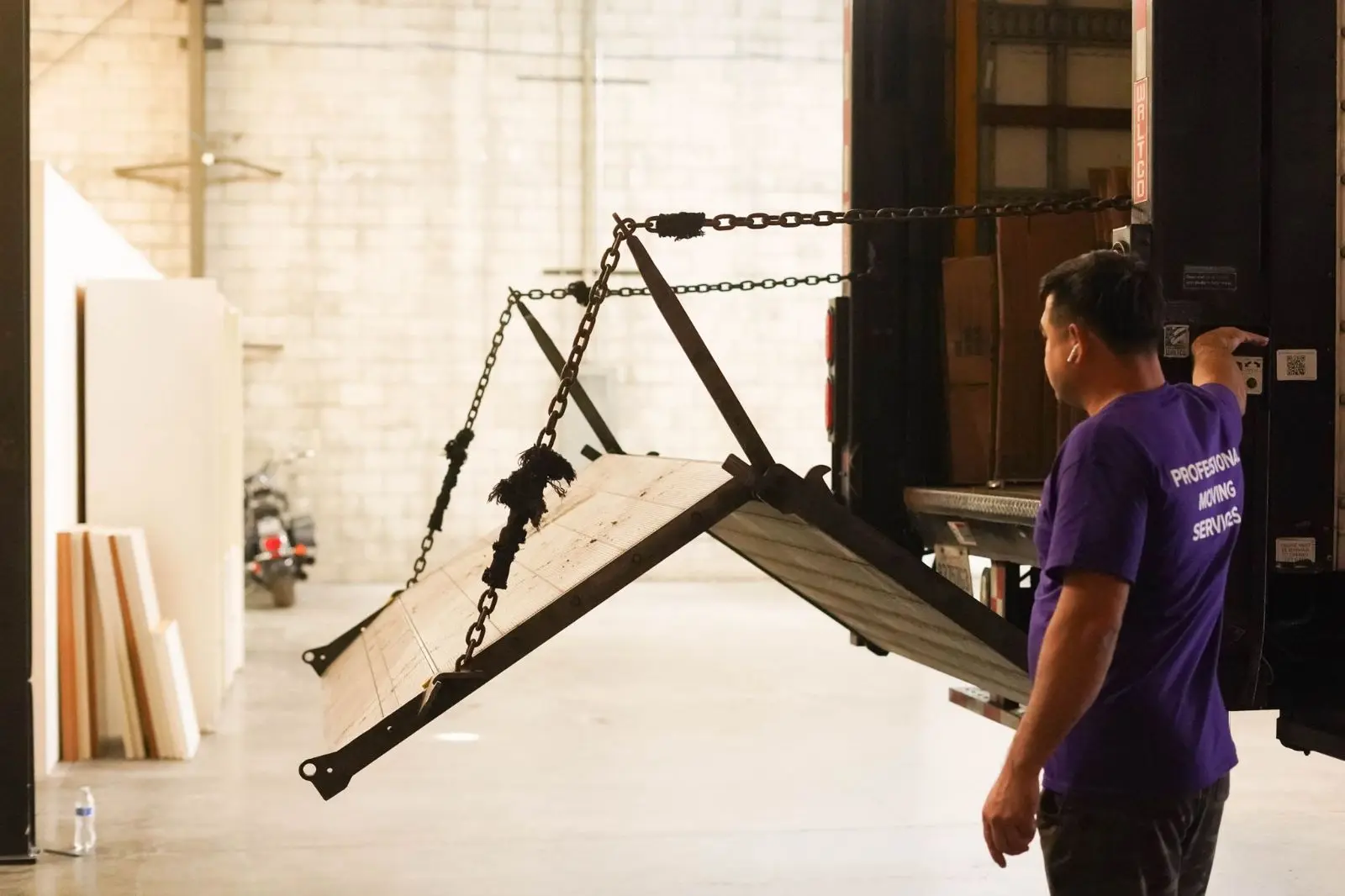Thank you for your feedback!
We will contact you shortly
Free consultation
Enter your phone number and we will call you back for a consultation on any moving and storage services
Safe Travels: Essential Guide to Protecting Art & Collectibles During Moving
In today's fast-paced world, relocating your cherished art and collectibles can be a daunting task. Whether you're an avid art collector, a passionate antique enthusiast, or simply a lover of fine valuables, ensuring the safety of your treasures during a move is paramount.
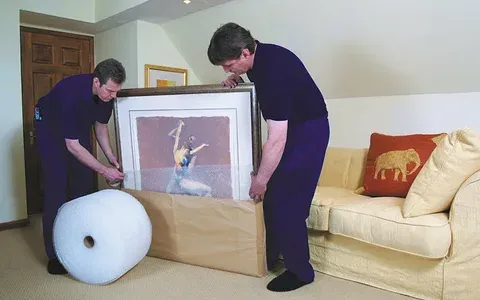
Artwork Relocation Precautions: The First Step Toward Safety
Moving art and collectibles starts long before the truck arrives. The tighter your prep, the lower your risk.
1) Pre-Move Assessment and Plan
- Route and timeline. Account for season, traffic, elevator access, and loading windows.
- Risk audit. Weight, size, fragile elements (glass, frames, protrusions), prior restorations.
- Clear ownership. Assign one coordinator so decisions and checklists don’t get diluted.
2) Prioritize Packing
Great packing is your safety net. Use purpose-built materials and layered protection:
- Contact layer: acid-free tissue, glassine, or Tyvek for canvases, works on paper, and photographs.
- Cushioning: bubble wrap only over a nonreactive layer; EPE/EPS foam; corner protectors for frames.
- Rigid shell: double-walled cartons, honeycomb panels, or custom wood crates with shaped foam.
- Sculpture: multi-point support, soft-padded straps, zero free play.
- Ceramics/glass: one piece per box; fill voids fully; never let “glass touch glass.”
If you want white-glove packing and unpacking, consider an expert packing service.
3) Document Your Collection
Documentation is your safety cushion if something goes wrong.
- Inventory: unique ID, dimensions, medium, year, valuation/appraisal.
- Photography: overall and close-ups of corners, edges, glazing, backs, labels.
- Condition report: note wear, scratches, craquelure, loose joins, surface dirt.
- Digital control: spreadsheet + QR/barcodes on crates for tracking.
4) Bring in Professionals
Fine-art handling is a specialty. Pro movers can provide:
- custom crates,
- climate-controlled vehicles,
- rigging/lifts/piano straps,
- GPS tracking and tamper seals,
- insurance and a documented chain of custody. When choosing a moving company, review case studies, call references, and confirm fine-art experience and insurance options.
Safely Transporting Collectibles: A Journey of Care
5) Temperature and Humidity Control
Rapid swings damage wood, canvas, varnish, and paper.
- Temperature: typically 18–22 °C (64–72 °F).
- Relative humidity: stable at 45–55% RH.
- Tools: data loggers, desiccant packs, humidity indicator cards inside crates.
- Acclimation: let crates sit 24–48 hours at the destination before opening.
6) Shock and Vibration Protection
- Maintain at least 5–7 cm (2–3 in) of cushioning on all sides inside containers.
- Use “floating” mounts (object attached to an inner platform that is then cushioned in the crate).
- Apply shock/tilt indicators (ShockWatch/TiltWatch) to detect mishandling.
7) Labeling and Loading
- Labels: FRAGILE, THIS SIDE UP, GLASS, orientation arrows; large inventory ID.
- Stacking plan: heavy on the bottom, light on top, no overhangs; strap crates to anchor points; never press items against doors.
- PPE: nitrile gloves; clean padded surfaces for staging.
8) Vehicle and Site Readiness
- Choose vehicles with independent HVAC, level floors, tie-down points, non-slip surfaces.
- Confirm loading docks, lift access, permits for curbside stops, and clear paths at both ends.
Valuables Protection During Transit: Insurance and Control
9) Insurance
- Carrier’s basic liability is rarely enough.
- Declared/Full value coverage: policy pegged to the item’s value; keep deductibles low.
- Fine-art policies: cover storage, transit, and installation; scrutinize exclusions (inherent vice, temperature, improper packing, acts of God). Store policies, receipts, inventory, and photos in the cloud and offline.
10) Supervise Loading and Unloading
- Be present or appoint an empowered agent.
- Match crate IDs to the inventory; check seals and indicator status.
- Maintain a chain of custody at each handoff: who transferred, who received, date/time, crate condition.
11) Emergency Contacts and Plan B
- Contacts: dispatcher, insurance broker, site manager, security, local services.
- Alternate routes and backup unload locations for closures or elevator failures.
- A “first-response” stabilization kit: acid-free tissue, soft brushes, tweezers, photo log—only for temporary stabilization, not repairs.
Special Handling Notes by Object Type
- Paintings on canvas: no plastic pressed directly on varnish; use corner protectors; glazing usually unnecessary.
- Works on paper/photographs: interleave with acid-free sheets; use rigid portfolios for flat transport.
- Framed works with glass: apply cross-hatched tape to the glass (to contain shards); keep strictly vertical.
- Sculpture/bronze: mark center of gravity; strap only to stable bases or unpainted areas.
- Ceramics/porcelain: avoid point loads; support handles/spouts indirectly; fill voids without pressure.
Arrival and Installation
12) Acclimatization and Unpacking
- Keep crates closed in the destination room for at least 24 hours (longer in extreme seasons).
- Unpack on clean, padded surfaces with blunt tools only.
- Remove layers in order while filming/photographing; compare condition to the departure report.
13) Mounting and Storage
- Use hardware rated for the wall type and weight (anchors, French cleats, safety cables).
- Monitor room RH/temperature; avoid direct sun, radiators, and AC vents.
- For temporary storage: padded shelving, 80 cm (32 in) aisles, dedicated “outbound” zones.
Art relocation is a sequence of precise moves: planning, packing, documentation, climate control, insurance, and supervision at every step. Follow these practices and you dramatically reduce risk—and increase the odds your collection arrives exactly as it left. If you want a fully managed experience, hire specialized fine-art professionals. The cost is small compared to the value they protect.

Artur Shakhnazarov
PR Manager
I love my work doing PR and SEO for Star Van Lines. PR roles involve constantly brainstorming new angles and approaches to generate positive coverage. I am always exercising my creativity.
